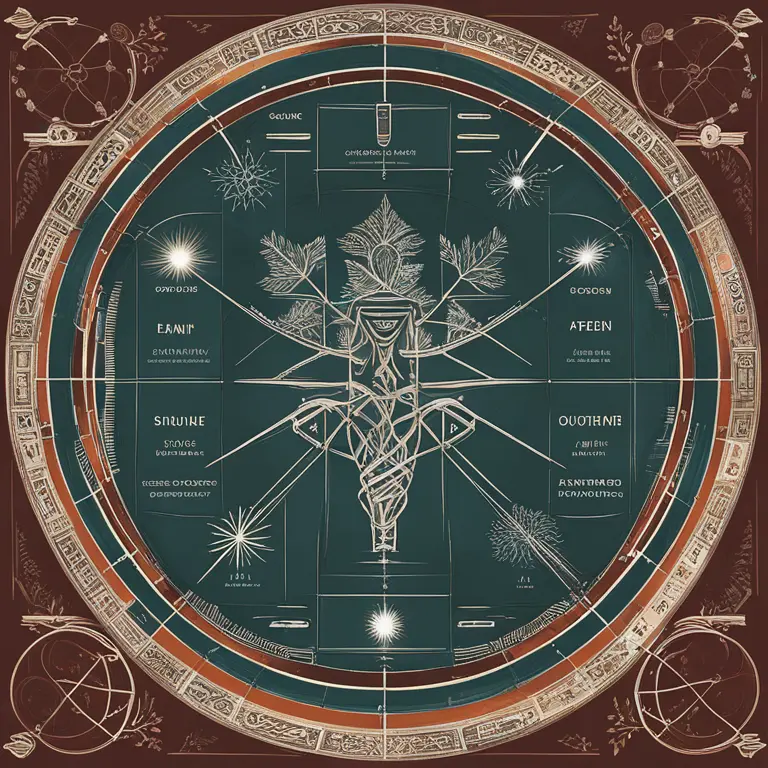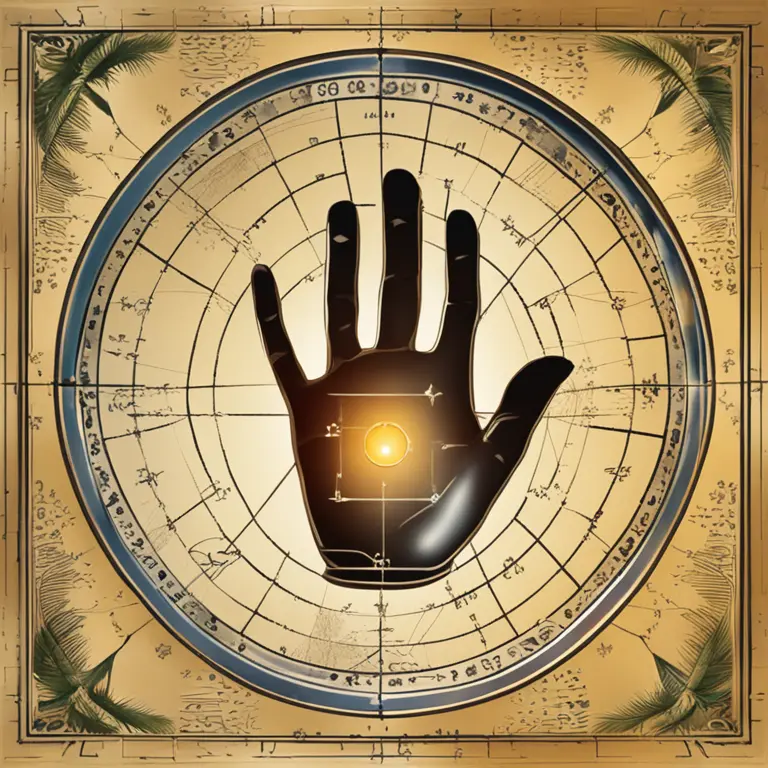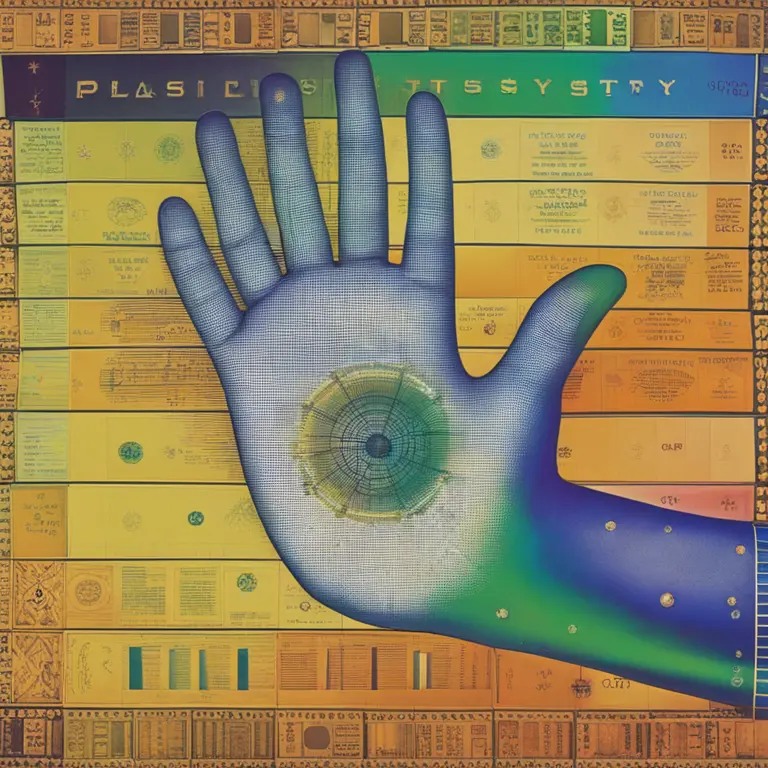
Palmistry and Science: A Comparative Lens
The article delves into the debate between palmistry, a practice of character analysis through palm reading, and the empirical nature of science, examining the validity and criticisms of both.
article by Nora Pennington
Preliminary Contrast
Palmistry, or chiromancy, suggests that an individual's character traits, future, and past experiences can be interpreted through the study of their palms—a concept often regarded with skepticism by the scientific community. The scientific method emphasizes evidence-based conclusions, replicability, and peer review, standing in contrast to palmistry's subjective interpretations. While palmistry relies on symbolism, pattern recognition, and intuition, science relies on quantifiable data to draw conclusions, leading to a fundamental clash between the two schools of thought.

Historical Perspective
Throughout history, palmistry has weaved its narrative as an ancient art deemed as part of traditional knowledge systems across various cultures. In contrast, the rise of the scientific revolution brought forward a paradigm that challenged anecdotal and mystical knowledge with questions demanding empirical evidence. Although palmistry has thrived for centuries, science's progress has spotlighted the need for methodologies that transcend cultural beliefs and are universally accepted on the basis of testability and falsifiability.

Cultural Significance and Scientific Scrutiny
Culturally, palmistry has maintained its significance and allure as a practice, often representing a symbolic journey into self-awareness and destiny. To the scientific community, however, palmistry has not withstood rigorous experimental testing. Studies attempting to correlate palm lines with personality or future circumstances failed to produce consistent, reliable results, which are the bedrock of scientific reliability and acceptance. These scientific inquiries require reproducibility to ascertain claims, a criterion not met by palm readings due to their intrinsic subjective nature.

Modern-Day Considerations
The digital age has augmented the reach of palmistry through online platforms, apps, and compatibility services, integrating it with technologies like biometrics and AI. Despite its online proliferation, the scientific lens continues to critique palmistry for lacking empirical support. Additionally, advancements in neuroscience and psychology continue to offer insights into human behavior and prediction that are grounded in scientific evidence, often clashing with palmistry's methods and outcomes.

The Psychological Aspect
Another point worth considering is the Forer effect (or Barnum effect), a psychological phenomenon where individuals find personal meaning in statements that could apply broadly to many people. This effect often takes center stage in the domain of palmistry, with practitioners providing readings that are general enough to resonate with a wide audience. Science utilizes the understanding of this cognitive bias to challenge the specificity and supposed accuracy of palm reading conclusions, shedding light on potential psychological influences rather than mystical ones.
Conclusion: Is Reconciliation Possible?
The juxtaposition between palmistry and science presents a dichotomy that may not find reconciliation. While proponents of palmistry advocate for its personal significance and the impact it has on individual lives, the scientific community firmly grounds its judgments in measurable and testable outcomes. The debate is likely to persist, reflecting the broader narrative of subjective belief systems encountering objective scientific scrutiny. Ultimately, the value placed on palmistry or science rests with the individual and their worldview.
Published: 1/29/2024
Modified: 1/29/2024
More predictions
Come back here soon to learn more about yourself and your future


The Basics of Palmistry Explored
Delve into the basics of palmistry and its technique for reading the lines and shapes in your hands to gain insights into your personality and future.


Palmistry: The Significance of Vertical Lines
Discover the meaning behind the vertical lines on your fingers with our insightful palmistry guide, revealing aspects of your character and destiny.


The Palmistry Health Line: Main Insights
Discover the significance of the palmistry health line and how it offers insights into your overall well-being and vitality.